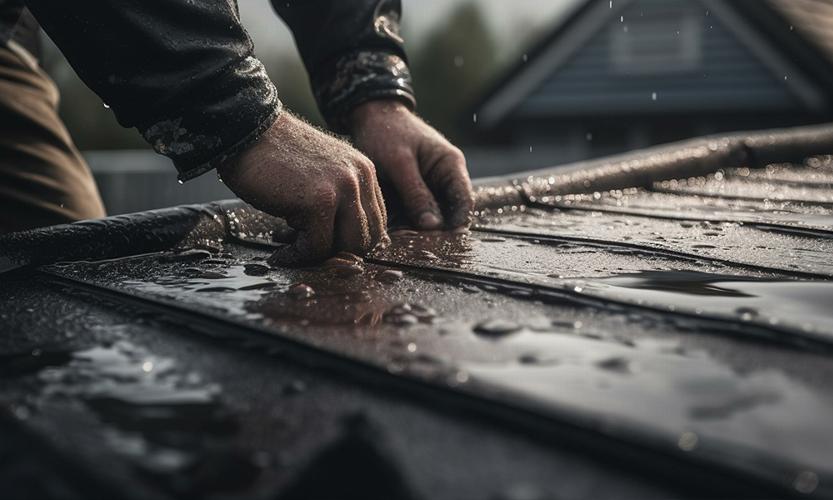Choosing the right roofing material for your property is a crucial decision. Whether you're building a new structure or replacing an existing roof, the choice between rubber and felt roofing can significantly impact the longevity, durability, and performance of your roof.
At St Helen's Flat Roofing, we understand the importance of selecting the right roofing solution tailored to your needs. In this blog post, we'll explore the key differences between rubber and felt roofing to help you make an informed decision.
Rubber Roofing:
Rubber roofing, often referred to as EPDM (Ethylene Propylene Diene Monomer), has gained popularity in recent years due to its durability and weather-resistant properties. Here are some of the benefits of rubber roofing:
- Durability: EPDM rubber roofing is known for its exceptional durability, with a lifespan ranging from 25 to 30 years or more when properly installed and maintained. It can withstand harsh weather conditions, UV radiation, and temperature fluctuations without deteriorating.
- Weather Resistance: Rubber roofing membranes provide excellent waterproofing and resistance to moisture, preventing leaks and water damage to the underlying structure. They are also resistant to mould, mildew, and rot, making them ideal for areas with high humidity or rainfall.
- Low Maintenance: EPDM rubber roofing requires minimal maintenance compared to some other roofing materials. Routine inspections and occasional cleaning are typically all that's needed to keep the roof in good condition, saving you time and money on maintenance costs.
Felt Roofing:
Felt roofing, also known as built-up roofing (BUR), consists of multiple layers of bitumen (asphalt) and roofing felt reinforced with fiberglass or polyester. While felt roofing has been a traditional choice for many years, it has both advantages and limitations:
- Affordability: Felt roofing is often more affordable upfront compared to rubber roofing, making it a budget-friendly option for some property owners. However, it's essential to consider long-term costs and maintenance requirements.
- Installation: Felt roofing installation can be more labour-intensive and time-consuming compared to rubber roofing, as it involves heating and melting layers of bitumen and felt together. Proper installation is crucial to ensure the integrity and waterproofing of the roofing system - always hire a professional like us!
- Maintenance: Felt roofing may require more frequent maintenance compared to rubber roofing due to its susceptibility to weathering, cracking, and wear over time. Regular inspections and repairs are essential to prevent leaks and extend the lifespan of the roof.
Choosing the Right Roofing Material for your Property:
When deciding between rubber and felt roofing, it's essential to consider factors such as budget, durability, maintenance requirements, and climate conditions.
We recommend giving us a call - we will be able to provide a no obligation quote and free advice!
Whether you choose rubber or felt roofing, our experienced team can provide expert installation, maintenance, and repair services to ensure the longevity and performance of your roof.
Call us on 01744 817612 or click here to send us a quick message.
